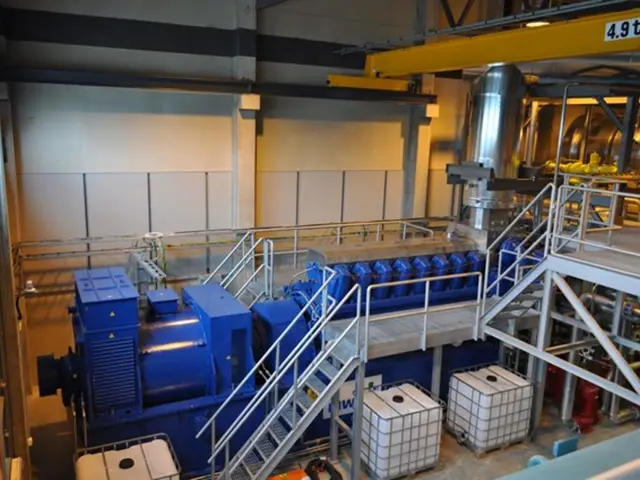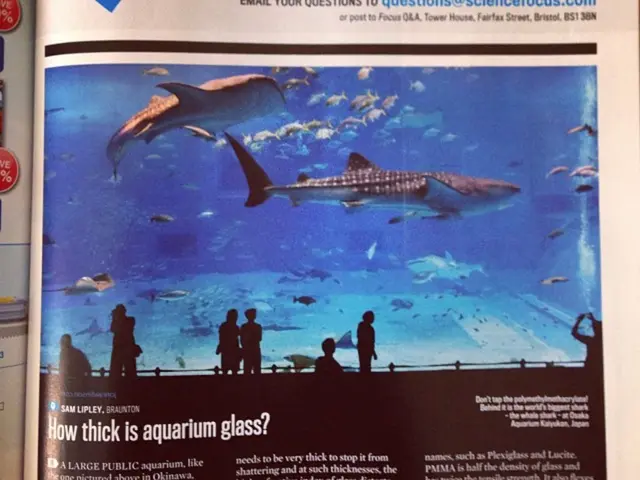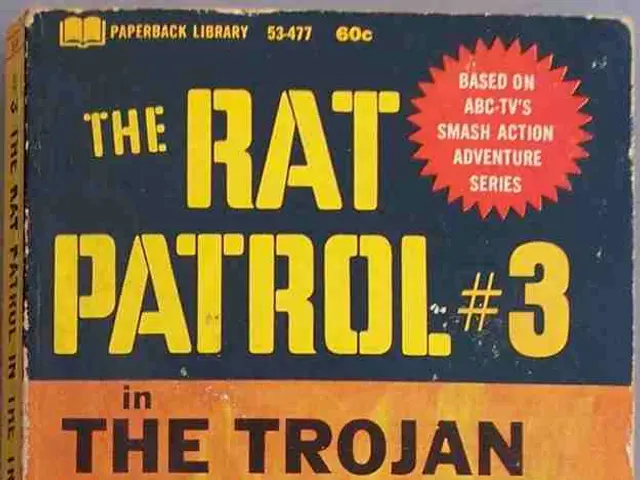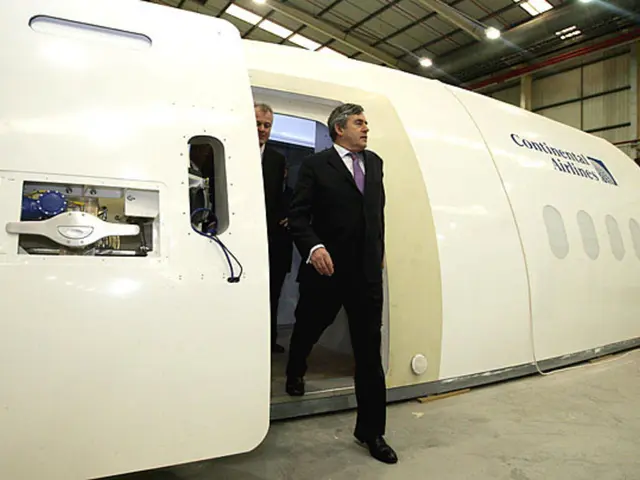Impact Assessment of EU Carbon Tax on Indian Steel Exportations in 2025
The European Union's Carbon Border Adjustment Mechanism (CBAM), set to be fully implemented in 2026, is a significant shift in global carbon regulations. This mechanism aims to prevent 'carbon leakage' by equalising carbon costs between EU and non-EU producers, particularly impacting countries like India's steel industry.
The financial implications for Indian steel exporters under CBAM are substantial. Estimated carbon prices at approximately €60-70 per tonne CO2 in 2026 will add a significant cost premium per tonne, likely resulting in double-digit percentage cost increases for most producers. This could potentially affect India's market position, with market share potentially shifting towards producers in countries with cleaner production methods or existing carbon pricing mechanisms that can offset CBAM charges.
The CBAM follows a carefully structured rollout schedule. From 2023 to 2025, there will be a transitional reporting period with data collection requirements. In 2026, the mechanism will be fully implemented with financial obligations. From 2026 to 2034, free allowances under the EU ETS will be gradually phased out. Post-2034, complete carbon pricing will be imposed on all covered imports.
The CBAM's impact extends beyond steel to other Indian exports, including aluminum production, cement manufacturing, fertilizer production, hydrogen, and potentially future expansion to other carbon-intensive goods.
Several technological pathways could help reduce carbon liability for the Indian steel industry. Transitioning from BF-BOF to electric arc furnace (EAF) production, implementing carbon capture utilization and storage (CCUS) technologies, exploring hydrogen-based direct reduced iron (DRI) processes, and optimising existing facilities for maximum energy efficiency are all potential solutions.
India's steel industry is particularly vulnerable to EU carbon regulations due to the high carbon intensity of Indian steel production and the heavy reliance on European markets. To mitigate these costs, India has applied for an exemption from CBAM.
The CBAM's goal is to put a fair price on the carbon emitted during the production of carbon-intensive goods entering the EU, encouraging cleaner industrial production in non-EU countries. By doing so, it aims to protect European steel industries investing in green technologies from cheaper, carbon-intensive imports, which could lead to financial pressure on Indian steel producers to reduce emissions or face higher costs when exporting to the EU market.
In conclusion, the CBAM is a climate policy that will have a significant impact on India's steel industry and other carbon-intensive exports. Understanding the implications and potential solutions is crucial for Indian producers as they navigate this changing landscape.
Read also:
- Construction fleet and urban transport emissions could see a significant reduction with the implementation of biogas as a game-changing solution.
- Fortunately illuminated African mining and port operations now have a potential guard against frequent power outages, with the introduction of a $287,000 network center.
- Strategies to Minimize App Shopping Cart Abandonment: 12 Tried-and-True Methods to Secure the Purchase
- Enhancing Sustainability and Compliance through the CII-EMC 'Corporate Air Emissions Reporting' (CAER) Guide (2024)








